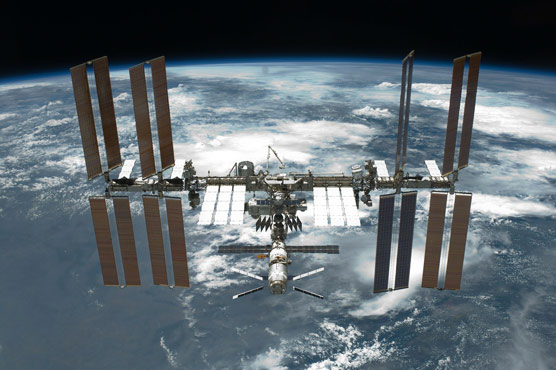State of Russia's ISS segment sparks safety concerns

The Russian Zvezda service module meanwhile has experienced several air leaks.
MOSCOW (AFP) - A Russian space official on Tuesday raised concerns about the deteriorating state of Russia’s segment of the International Space Station due to out-of-date hardware, warning it could lead to "irreparable failures".
In recent years, the Russian segment of the ISS has experienced a string of problems, including air leaks caused by cracks, raising questions about the safety of the rotating crews onboard.
"Around 80 percent of the inflight systems on Russia’s segment have reached the end of their service period," Vladimir Solovyov, chief engineer of the Energia rocket and space corporation, told the RIA Novosti news agency.
Energia -- a manufacturer of spacecraft and space station components -- is the leading developer of Russia’s section of the ISS, a joint venture with the United States, Canada, Japan and the European Space Agency.
"This means that literally a day after the systems are fully exhausted, irreparable failures may begin," Solovyov added.
Citing concerns stemming from ageing hardware, Russia had previously indicated that it plans to leave the ISS after 2025 and launch its own orbital station.
On Monday, Solovyov said that small cracks had been discovered on Russia’s Zarya cargo module. Launched in 1998, it is one of the oldest modules of the ISS.
The Russian Zvezda service module meanwhile has experienced several air leaks, including last month and in 2019.
Also in July, the entire ISS tilted out of orbit after the thrusters of a new Russian module reignited several hours after docking.
Russia’s space programme, which was inherited from the Soviet Union, has also suffered from budget cuts and corruption scandals.
Despite these problems, the country’s Roscosmos space agency continues to promise ambitious ventures, including a mission to Venus and the creation of a rocket capable of making round trips to space.
It is also planning to set up a joint lunar station with China and is scheduled to launch a mission to the moon’s surface in May next year.

